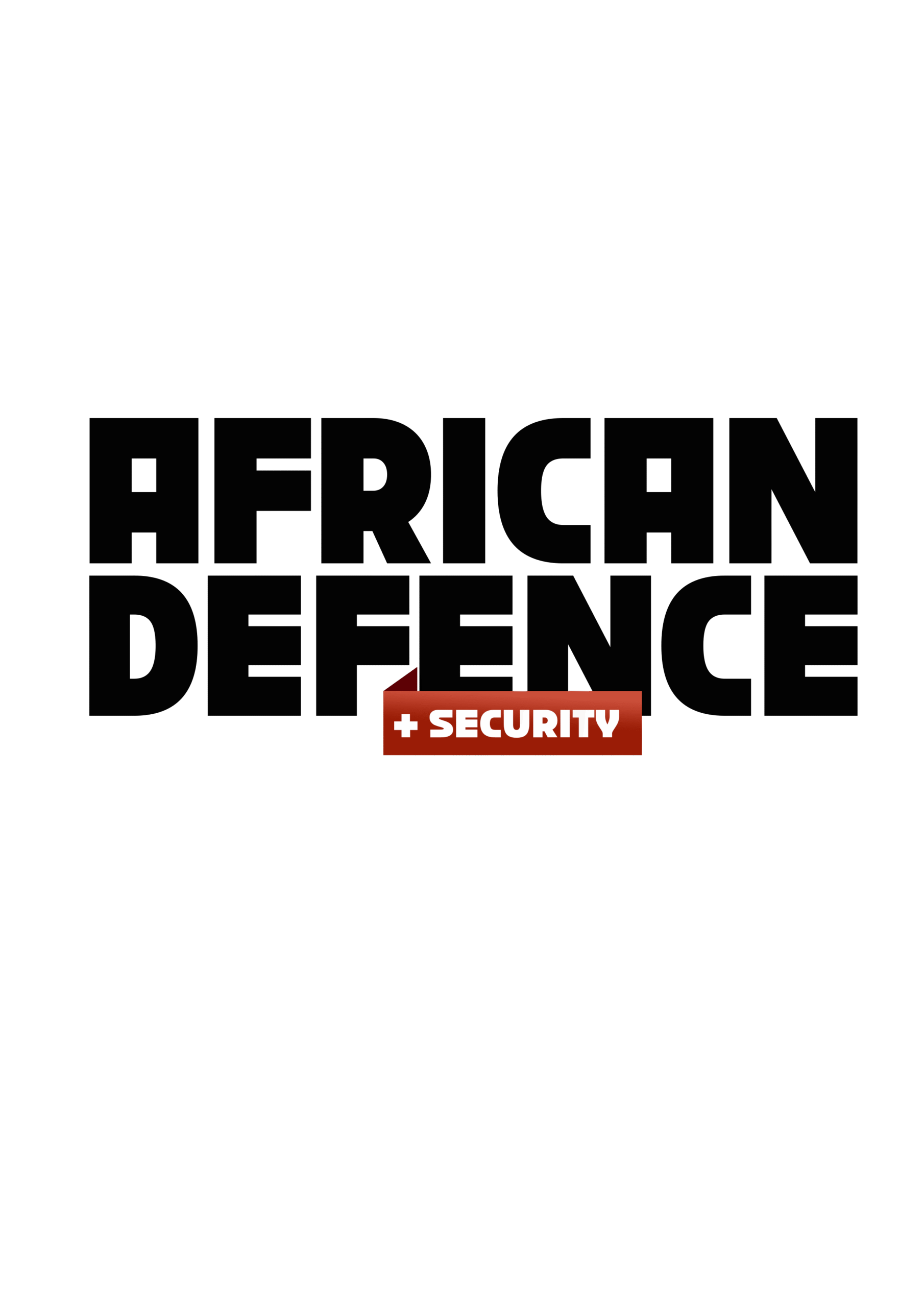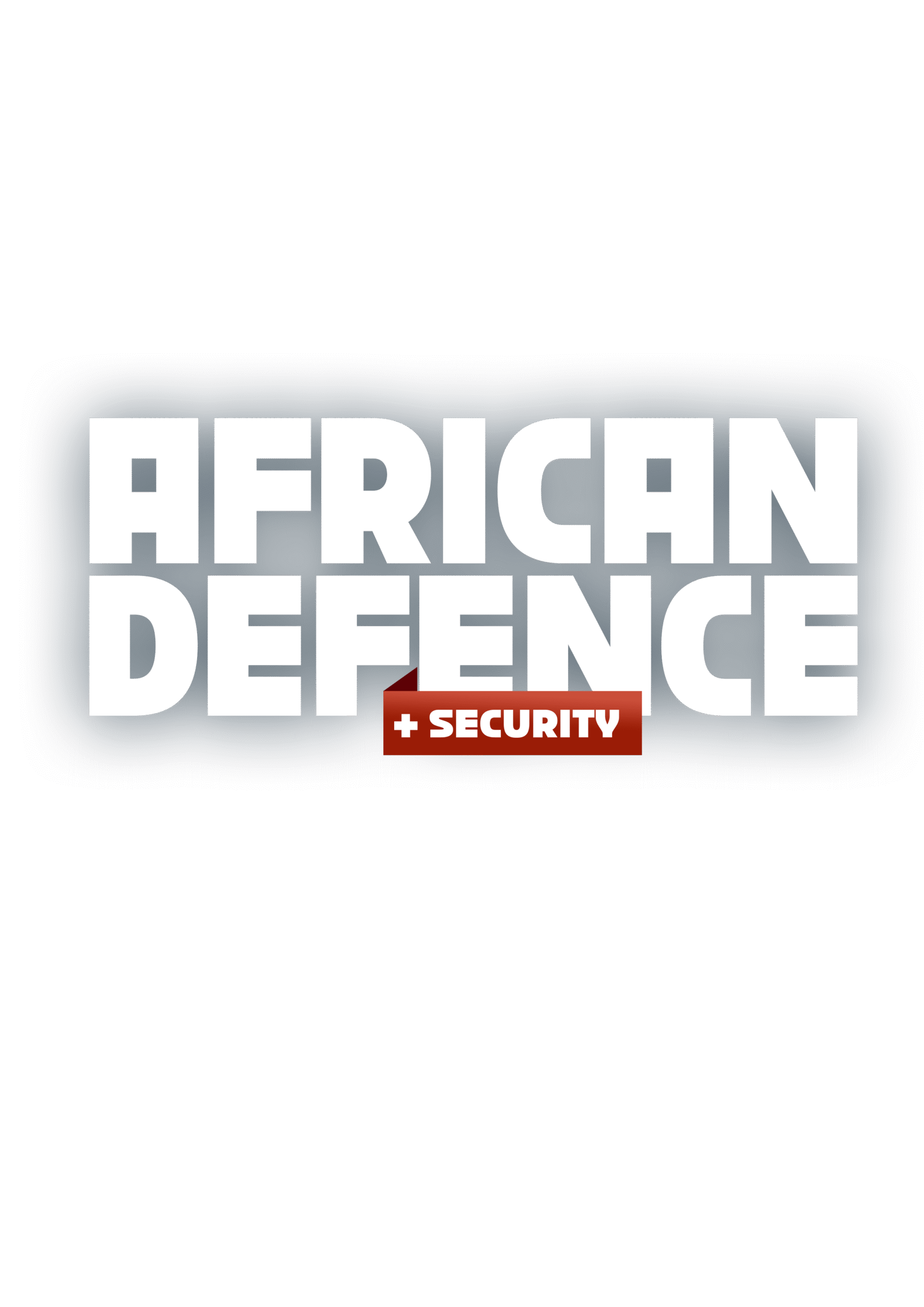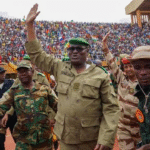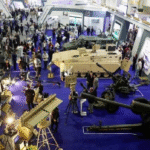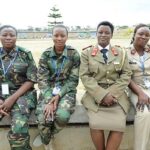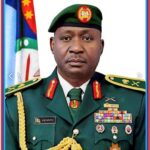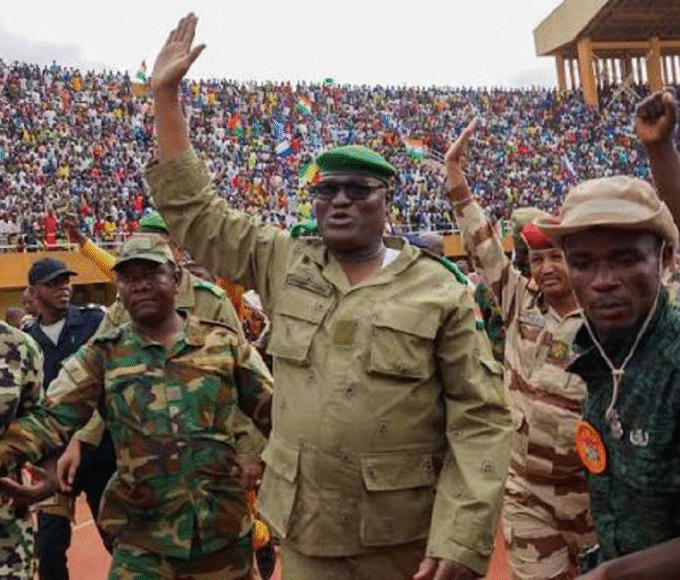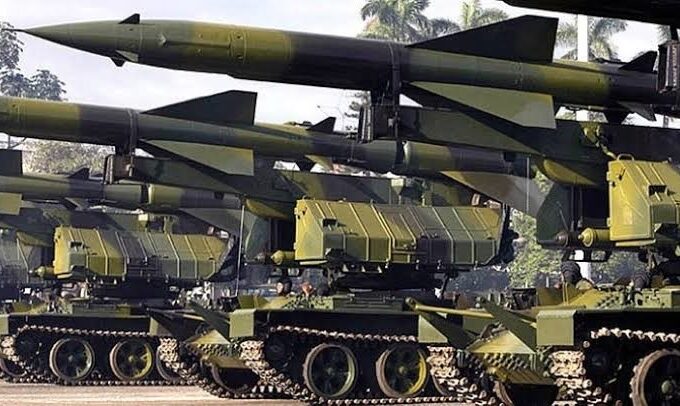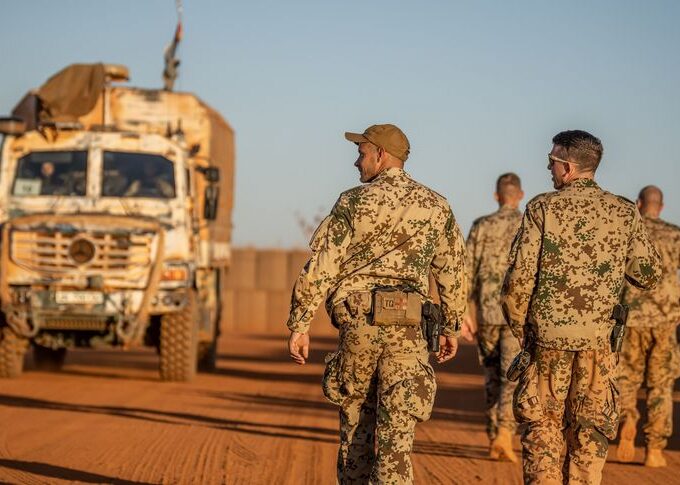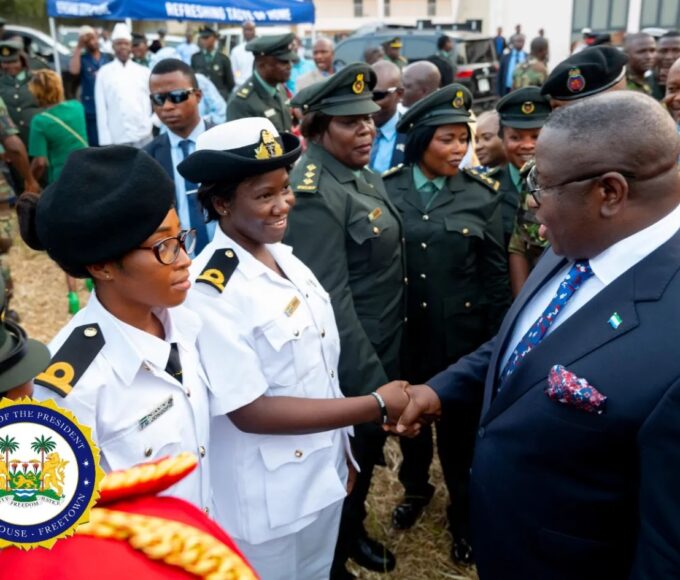CIVIL-MILITARY RELATIONS IN FRAGILE STATES
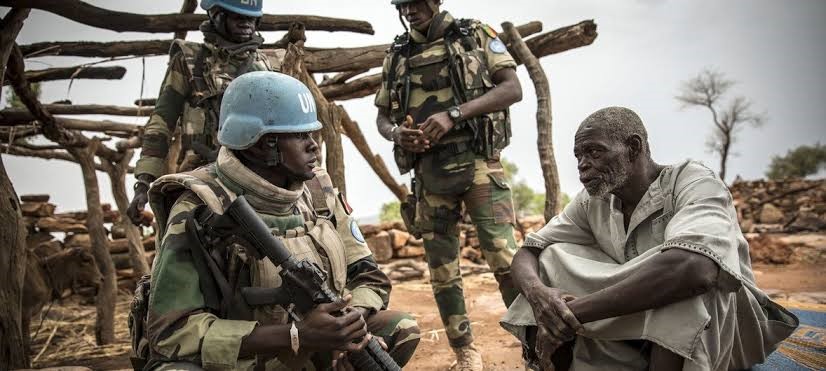
Fragile states marked by weak governance, economic instability, and persistent unrest face a recurring challenge: how to manage relations between civilian institutions and the military. These civil-military relations (CMR) shape whether fragile societies spiral into conflict or move toward peace and stability. In such environments, the military is rarely confined to traditional defence roles; it often delivers humanitarian aid, supports governance, and engages in peace operations. How well civilian and military actors cooperate can determine whether diplomacy succeeds or fails.
Why Civil-Military Relations Matter
negotiations; it also functions at the community level. Efforts to prevent conflict or broker peace often require joint civilian-military engagement to tackle root causes like poverty, inequality, or competition over resources. Diplomatic actors advocate for non-violent approaches, encourage military restraint, and support local voices in decision-making.
Realated Article: BIOMETRIC BORDERS: AFRICA’S EXPERIMENTS IN SMART SECURITY
For example, international missions may convene dialogues between military leaders and civil society groups to build mutual understanding. Such exchanges reduce the likelihood of heavy-handed military responses and instead promote community-based security solutions, including local policing, disarmament, and reintegration programs. However, tensions often arise when diplomatic priorities—like long-term stability—clash with military imperatives for rapid, tactical success. This makes integrated strategies, where diplomats and soldiers operate with shared objectives, all the more critical.
One persistent obstacle is the cultural and organizational divide between militaries and civilian actors, particularly NGOs. Militaries are trained for efficiency, control, and sometimes coercion; NGOs prioritize neutrality, participation, and sustainable development. In practice, this divergence creates what scholars call the “peacebuilding dilemma.” Soldiers may seek quick wins in stabilizing a region, while NGOs aim for long-term transformation. Without coordination, these differences can waste resources or even harm local populations.
A pragmatic approach is to establish clear boundaries: militaries should only deliver humanitarian assistance in environments where civilian actors cannot safely operate. This preserves NGO neutrality while ensuring that urgent needs are met in high-risk areas. Successful cooperation rests on mutual respect and recognition of each actor’s comparative strengths.
Experiences in regions like the Middle East and sub-Saharan Africa highlight both the promise and pitfalls of CMR. In Somalia and Yemen, weak central governments and fragmented security landscapes have complicated international interventions. In some cases, hybrid approaches—such as U.S. Special Operations Forces working alongside NGOs have provided aid and bolstered community resilience in conflict zones.
Yet, external military assistance can also backfire if it disregards local dynamics. Programs that impose external priorities without understanding community needs often breed dependency or resentment. These cases show that effective diplomacy requires context-specific strategies, especially in irregular warfare environments where non-state actors play a central role.
International frameworks are helping to refine civil-military cooperation. NATO, the OECD, and other organizations promote “comprehensive approaches” that integrate diplomacy, development, and defence. Training programs for military personnel increasingly emphasize human rights, cultural sensitivity, and the importance of civilian leadership. At the same time, NGOs are adapting to operate in “Gray zones” areas where peace and conflict overlap by becoming more flexible and entrepreneurial.
Strengthening CMR is not just about avoiding militarization of aid; it is also about empowering civilian institutions. Transparent governance, inclusive security policies, and investments in education and institutional reform give communities ownership of their future, reducing the need for military dominance in civil life.
Fragile states now face emerging threats from climate change and mass migration to cyber warfare and transnational terrorism—that blur the boundaries between civilian and military domains even further. Addressing these challenges will require innovation in diplomacy and adaptive CMR strategies. Multilateral forums for knowledge-sharing, combined with local capacity building, can help states respond more effectively while avoiding the pitfalls of over-securitization.
Progress is already visible in certain security force assistance programs, where balanced partnerships have produced measurable gains in stability and governance. The future of CMR in fragile states lies in continuing this trajectory: transforming relations between civilians and militaries into a tool not of domination, but of collaboration.
Civil-military relations are more than a technical matter of security—they are the backbone of diplomacy, peace, and civil security in fragile states. When managed well, they bridge divides between military efficiency and civilian humanitarianism, creating space for inclusive governance and durable peace. When neglected, they risk perpetuating cycles of instability and violence.
Ultimately, investing in balanced and accountable CMR offers fragile states a path to resilience. It strengthens trust, empowers communities, and fosters the conditions where diplomacy can thrive laying the foundation for societies capable of withstanding both internal pressures and global challenges.
King Richard Igimoh, Group Editor ALO
King Richard Igimoh, Group Editor African Leadership Organisation is an award-winning journalist, editor, and publisher with over two decades of expertise in political, defence, and international affairs reporting. As Group Editor of the African Leadership Organisation—publishers of African Leadership Magazine, African Defence & Security Magazine, and Africa Projects Magazine—he delivers incisive coverage that amplifies Africa’s voice in global security, policy, and leadership discourse. He provides frontline editorial coverage of high-profile international events, including the ALM Persons of the Year, the African Summit, and the African Business and Leadership Awards (ABLA) in London, as well as the International Forum for African and Caribbean Leadership (IFAL) in New York City during the United Nations General Assembly.
Recent Posts
Categories
- Air & Aerospace15
- Border Security14
- Civil Security3
- Civil Wars4
- Crisis4
- Cyber Security4
- Defense15
- Diplomacy17
- Entrepreneurship1
- Events5
- Global Security Watch6
- Industry6
- Land & Army7
- Leadership & Training3
- Military Aviation2
- Military History27
- Military Speeches1
- Naval & Maritime8
- Resources1
- Security12
- Special Forces1
- Systems And Technology8
- Tech6
- Uncategorized3
- UNSC1
- Veterans6
- Women in Defence9
Related Articles
ECOWAS MILITARY INTERVENTION IN NIGER: A TURNING POINT?
The coup d’état in Niger on July 26, 2023, marked a seismic...
ByKing Richard Igimoh, Group Editor ALOOctober 7, 2025WHY AFRICA NEEDS A UNIFIED DEFENCE POLICY FOR THE 21ST CENTURY
In an era of escalating geopolitical tensions, resource conflicts, and transnational threats...
ByKing Richard Igimoh, Group Editor ALOAugust 26, 2025Peace Corridors in Conflict Zones: Humanitarian Highways or Fragile Lifelines?
On a searing August afternoon in 2022, a convoy of white-painted trucks...
ByKing Richard Igimoh, Group Editor ALOAugust 11, 2025Transitional Justice and the Armed Forces: Navigating Past Atrocities
On an autumn morning in October 1997, inside Cape Town’s Good Hope...
ByKing Richard Igimoh, Group Editor ALOAugust 11, 2025